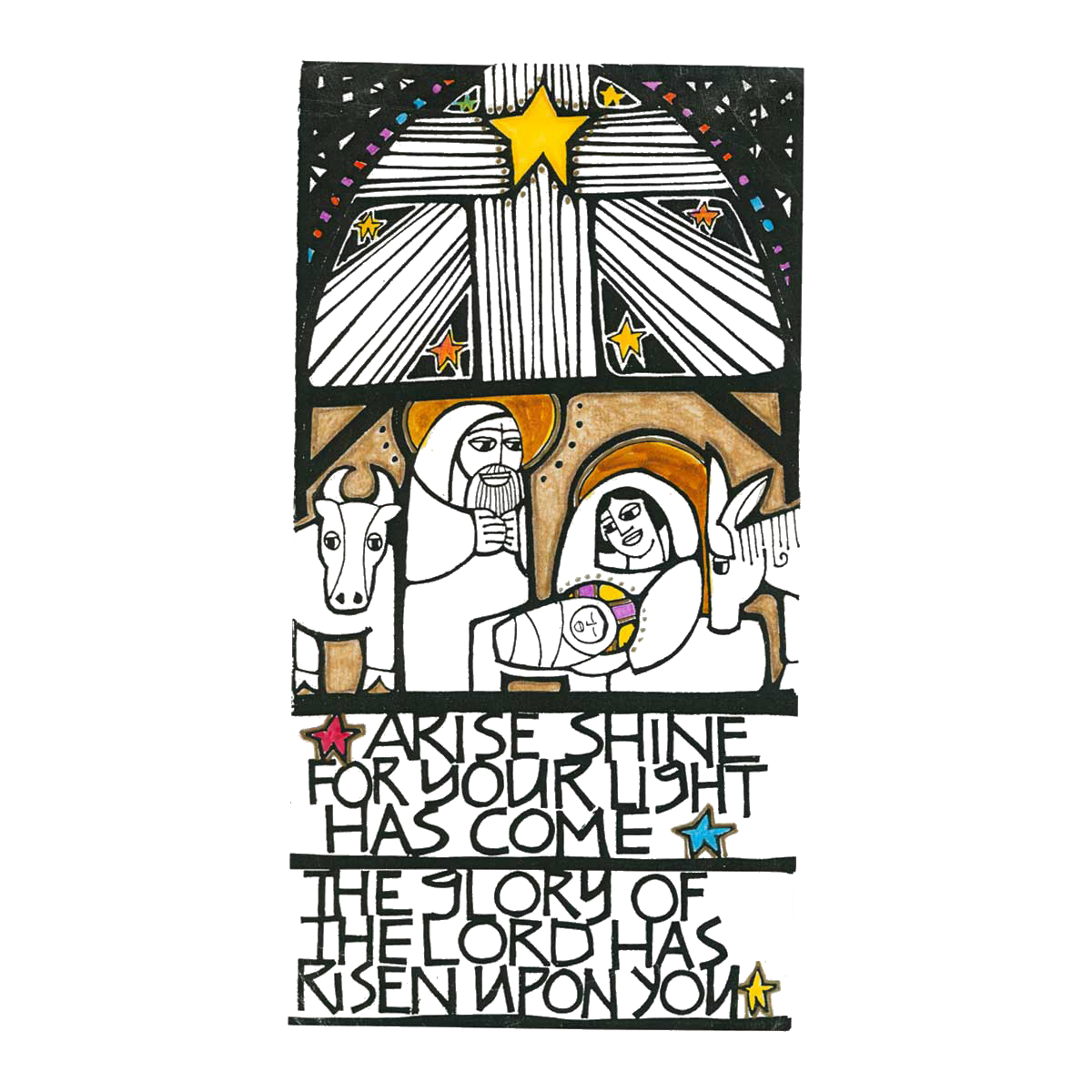This content has been archived. It may no longer be relevant
I just got off the phone with someone learning the art of beekeeping, or apiculture as it is also known. The person I was speaking with is new to the art (or science) of raising bees, so it didn’t take much to encourage her to wax eloquent about the intricacies of life (and death) in a hive.
From the scientific point of view, she was struck by the amazing complexity of these tiny creatures, something one misses if one only knows bees in passing.
From the faith point of view, we noted as we spoke, this is also true about any dimension of the Lord’s creation: how much we miss until we begin to become familiar with one little part; but as we learn about a given area, it is incredible the thoughtfulness God has put into virtually every aspect of his creation.
No need to “look for signs” when the visible world itself is now a sign.
That brings me to the present moment: the seasons of Advent and Christmas, when we remember and celebrate the coming of the Eternal Son of God into the flesh of humanity.
In so doing, God has “invested” himself into creation to restore it to its pristine beauty. In fact, he surpasses that wonder with the still greater wonders of the divinization and resurrection of humanity, through which, in a way we can hardly fathom, all creation will one day share. At least it will if St. Paul has got it right in Romans 8!
As I understand these things, this has great implications for everyday living, and everyday observing of the flow of life. For one thing: time is no longer flat.
By “flat” I mean that it is not something that progresses in kind of endless sameness. One blasted thing after another, with no moment any different in essence from any other moment as time plods its relentless way towards we know not what.
Or, in another mode of flatness: time is what we make of it. We can either use it efficiently and productively or we can waste it. But whichever way we choose, it all still slides towards an indefinite future, with its inexorable ending in death for individual creatures like you and me, for example, or bees and beekeepers.
As interesting as bees might be, and as sweet to the taste as the honey they create, all this passes. Vanity of vanities, and all that.
But with the coming of Christ in the flesh, something new began to happen. Eternity planted itself in time and space, and we worship him in this season as a child in a manger.
This means that time holds within itself now an element of the utterly unanticipated: each moment is pregnant with the presence of Christ our Lord. And we never really know just what he is going to do with that moment or how he will reveal himself…only that he does so!
And just as beekeepers notice things about bees and hives and such that most of us miss, so believers should be ever on the alert for the presence of the Lord in everyday life revealing to us the beauty of his face and the mystery of his Person.
This revelation leads, in turn, to adoration, wonder, thanksgiving, and the burning desire to share this gift somehow, some way, with others. No wonder there is the widespread custom of giving gifts to one another at Christmas or thereabouts!
But if there is anyone who has come bearing gifts, one whom no one can surpass, it is the Son of God. Every second of his earthly life was lived as a blessing for us bearing within its humble wrapping the gift of eternal life. Here is life that qualitatively differs, by infinite measure, from ordinary life, yet is given to us the vast majority of the time, through ordinary circumstances.
Take the wrapping, for example, of a man lying in bed dying of a cancer now rapidly spreading throughout his body. Such was our brother, Chuck Sharp, less than 2 weeks before he died (on September 10).
We were talking about this and that only a few days before he would no longer be able to say much at all.
Serious things like preparing for eternity and regret at one’s failures to have always done as God wishes. Also, the mercy of God in its infinite measure.
And speaking of infinite measure, we were also commenting, in a lighter vein, on the mysteriousness of life and how it often surpasses our human ability to comprehend it.
“I’ve got it,” I said. “I know what saying we can have carved on your cross.” (A custom in our community.) “What?” Chuck asked me.
“What happened?” I replied. For some reason that struck us both as quite funny at that moment, and we both had a good laugh.
It was a laughter that throws up its hands, so to speak, in perplexity at God’s mysterious ways; but laughs all the same because we believe that “God is with us.” Emmanuel! Somehow this divine presence is greater than our perplexity, our suffering, our unanswered questions.
During the Christmas season, I like to park myself somewhere near and in view of a Christmas tree. I’ve enjoyed doing that since I was 4 or 5, and now that I’m 70, I’m more fixed in the pattern than ever.
I like everything about it: especially all the color lighting up the darker places in the back part of the branches; the variously shaped and colored balls and other decorations, the crowning star, the manger scene at the foot somewhere.
I am not much for critique, so once it’s done, it’s done, and I am content to live with whatever this year’s efforts have produced, from size and shape of tree, to placement of lights and balls and such.
For a couple of weeks, it reigns in splendor, and then as it starts to rain needles after Epiphany, it is de-decorated and unceremoniously tossed out. Time marches on.
But for a couple of weeks, time has been singing to us a carol of childlike joy, hope for the future, identification of God with humanity in its suffering and need, radiance of light in darkness, and so much more.
Is that what I’m looking for, what I’m sensing so that even at 70 I am still the child fascinated by a tree?
But is sitting contentedly by a tree not a mere escape from the serious issues of our day?
I don’t think so, especially when we remember another Tree foreshadowed by this one, a Tree not so splendid in appearance but infinitely more splendid in reality, so that Christmas soon gives way to another season, with a new message wrapped once again in the garments of time and space.
I’m sure Chuck thought often of that Tree in his final days, sharing in its mystery of suffering but in the hope of rising again one day.
May every moment of the coming New Year be one of anticipation that the Lord will be true to his word:
Know that I am with you always; yes, to the end of time (Mt 28:20)





